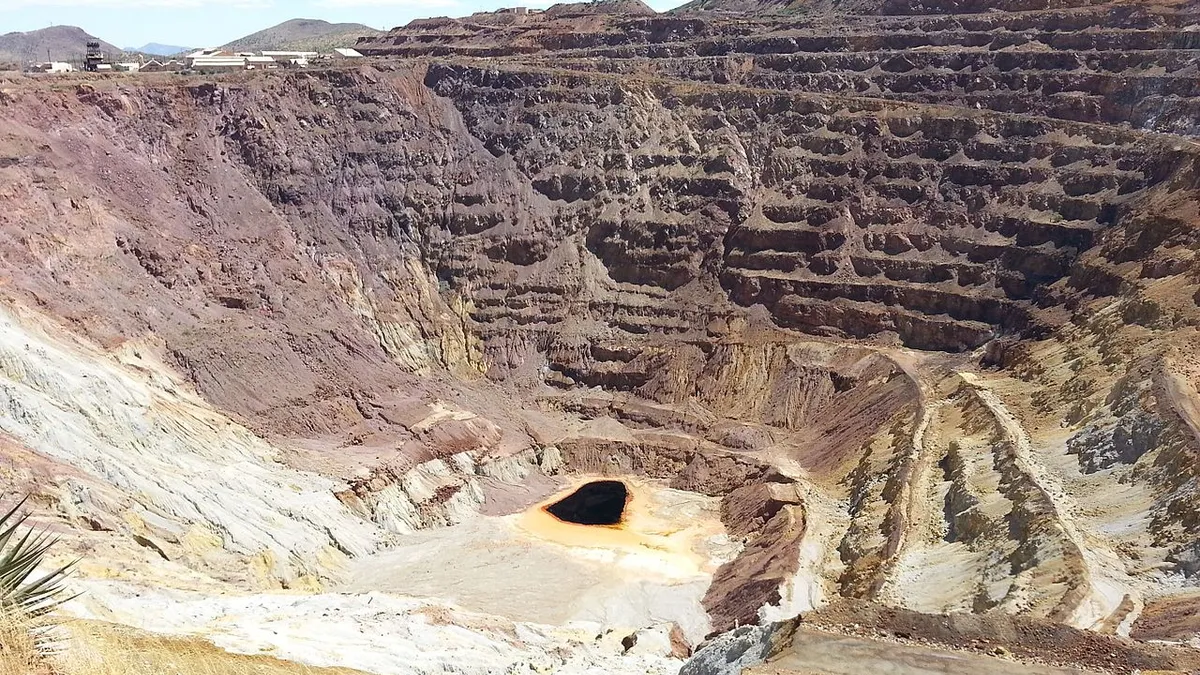Dive Brief:
- The U.S. Army Corps of Engineers, the Arizona Daily Star reported, has confirmed that it will issue a water permit for the $2 billion Rosemont Copper mine southeast of Tucson, Arizona, allowing construction to move forward.
- The Hudbay Minerals open pit copper mine project has been the target of the U.S. Environmental Protection Agency for years on the grounds that construction and mine operations would negatively impact the quality of local water, including reducing aquifer levels, drying up local wells, polluting surface water and reducing water flow into two nearby creeks. The EPA has said it will not protest the Army Corps’ issuance of the permit. The issuance of the permit, however, is expected to spark lawsuits that will likely further delay construction.
- Hudbay currently estimates that construction of mine, press and administrative facilities will take two-and-a-half years and employ more than 2,500 temporary workers.
Dive Insight:
Copper has many uses, including providing the basis for many construction materials. Copper can be found in electrical wiring, roofing and gutter material, as well as the piping used for plumbing.
According to a report from the Arizona Mining Association, copper mining had a state economic impact in excess of $4 billion in 2014. The industry also created 43,800 direct and indirect jobs. Even so, local advocacy groups, including Native American tribes, have come out against the Rosemont project and what it could mean for indigenous culture as well as for the environment.
Pipeline companies and other developers often face pushback during construction based on similar grounds. Last summer, a Mountain Valley Pipeline protestor in Virginia stopped work on the project for 14 hours by climbing 20 feet to the top of a piece of construction equipment and locking herself to it. In Hawaii, advocacy groups for more than one year physically blocked construction crews from gaining access to the Thirty Meter Telescope (TMT) International Observatory project site on Mauna Kea, a dormant volcano considered a sacred site by indigenous islanders.
In North Dakota, protestors filled the land where the $3.8 billion Dakota Access Pipeline approached the Standing Rock Sioux reservation for almost a year beginning in April 2016. Groups alleged that a pipeline spill would threaten the reservation's water supply and sacred sites. While a judge eventually allowed the project to continue, the same judge also later required the Army Corps and developer Energy Transfer Partners carry out an additional environmental review that addressed the consequences of a potential spill.













